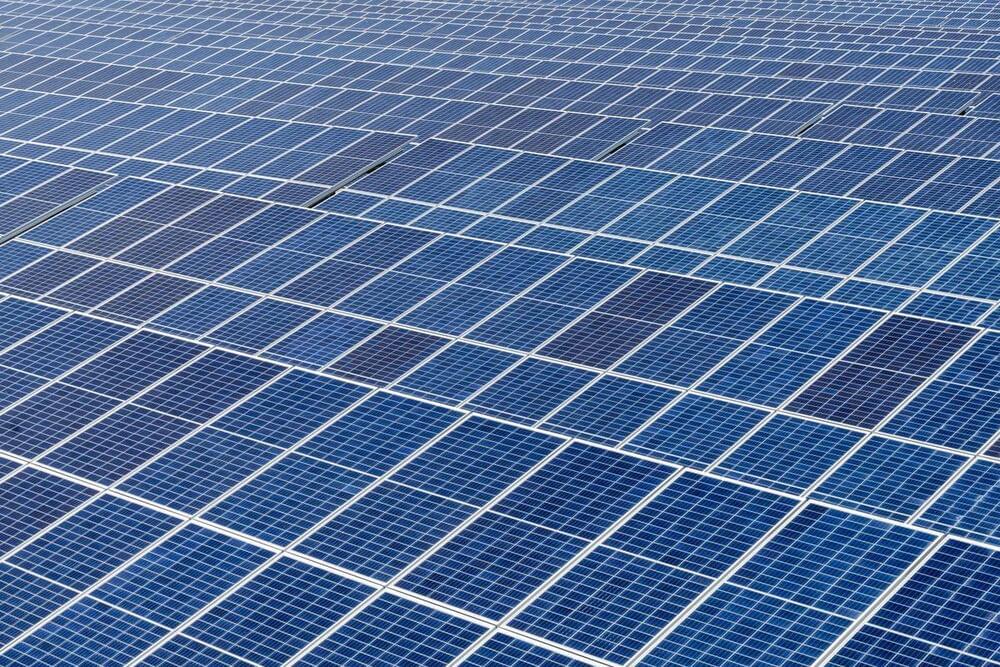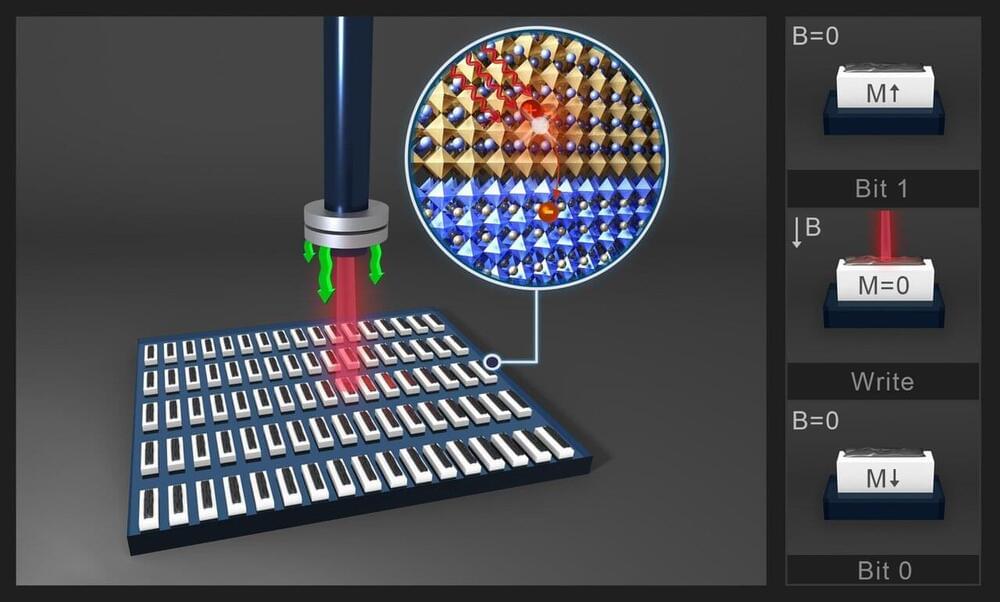In the Russian metropolis, a former power station was transformed into a modern cultural centre with a solar roof. Sunovation manufactured the modules according to the architect’s designs.


PV Guided Tours 2021: Huawei presents its All-scenario PV & Storage Solution for Europe. It enables high-efficient generation, use and storage of solar power in various applications, such as large-scale PV power plants, commercial, residential and stand-alone solutions. Our video shows all the innovations.

NASA’s Exploration Ground Systems fully assembled NASA’s Space Launch System rocket and Orion Spacecraft, and our launch and recovery teams are fully certified for NASA Artemis I, launching next year. Artemis I will be the uncrewed start of humanity’s return to the Moon! 🌕
Risen Energy Co. is planning to build a 45 billion yuan ($7 billion) integrated solar power factory in Inner Mongolia that’ll run on clean energy.


The idea of a human-made device that can process solar energy to make usable fuels has been tantalizing researchers since the 1970s. There being no such thing as a free lunch, it is not so easy to engineer a device that mimics photosynthesis, which Mother Nature perfected a long time ago. Nevertheless, researchers at the Department of Energy’s Lawrence Berkeley Lab in California appear to have solved an important piece of the “artificial leaf” challenge.
Solar Energy & The Artificial Leaf Of The Future
The concept of the artificial leaf first crossed the CleanTechnica radar in the form of a card-sized photoelectrochemical cell, back in 2011. Instead of converting sunlight into electricity, the cell acts as a catalyst that deploys solar energy to break water into oxygen and hydrogen.


With an efficiency of 20.9%, the tested cell does not yet fully exploit the potential.

Circa 2020
What do you get when you place a thin film of perovskite material used in solar cells on top of a magnetic substrate? More efficient hard drive technology. EPFL physicist László Forró and his team pave the way for the future of data storage.
“The key was to get the technology to work at room temperature,” explains László Forró, EPFL physicist. “We had already known that it was possible to rewrite magnetic spin using light, but you’d have to cool the apparatus to—180 degrees Kelvin.”
Forró, along with his colleagues Bálint Náfrádi and Endre Horváth, succeeded at tuning one ferromagnet at room temperature with visible light, a proof of concept that establishes the foundations of a new generation of hard drives that will be physically smaller, faster, and cheaper, requiring less energy compared to today’s commercial hard drives. The results are published in PNAS.
Sunny way.
A ‘bike highway’ running between Daejon and Sejong in South Korea is a sight —or rather, a concept —, you surely haven’t thought of before: It stretches for 20 miles (32 km), and it not only shields cyclists from the sun but also generates power at the same time.
It’s true that a bicycle lane in the center of a highway is an unusual location for one, especially with three lanes of traffic on either side of it, yet it works. Much like the $3.7 million SolaRoad in the Netherlands, a 230-foot road replaced by solar panels, which powers the highway’s lighting system, this bike highway is a win for green energy. Its lanes produce more than enough electricity to power the lighting of the highway and the electric vehicle charging stations, according to Fast Company.
However, in the Netherlands, bicyclists ride on top of the panels instead of under them, while South Korea’s case is the opposite. Under the overhead solar panels, cyclists use subterranean tunnels to enter and exit the path, which boosts safety tremendously since they can get on and off the bikeway without being involved in the regular traffic. Once on the route, they’re shielded from the traffic on each side by barriers, and while that doesn’t provide pleasant roadside views, it does offer sun protection.